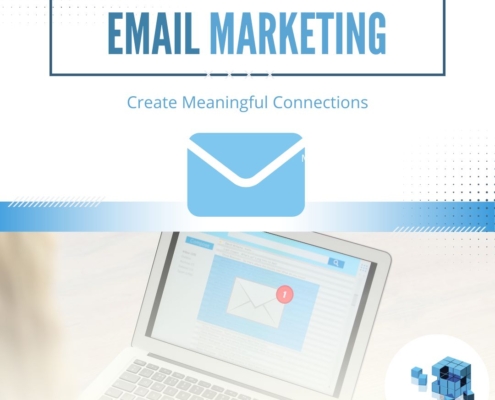
Welcome to Lucé Media – Social Media Strategy and Metrics
Welcome to Lucé Media. We are glad you stopped by.
Lucé Media is a collective of some of the best digital, social, video and innovation talent around. I hope you had a chance to read about our group on the Our Team page. Our company,…

Optimize for Voice Search in 2025: A Comprehensive Guide
In the ever-evolving digital landscape, voice search has emerged as a powerful tool reshaping how users find information. With voice-enabled devices becoming ubiquitous, businesses and content creators must adapt to meet this growing demand.…

How to Launch a High-Converting Email Marketing Campaign in 2025
Email campaigns remain a powerhouse in the digital marketing world, delivering a return on investment (ROI) of up to $36 for every $1 spent. Despite the rise of social media and other marketing channels, email marketing consistently outperforms…

Leveraging a Fractional CMO for Enhanced E-commerce Marketing Success
In this comprehensive guide, explore how a Fractional CMO can revolutionize your e-commerce marketing. Discover the benefits of this strategic solution, offering high-level expertise without the full-time commitment. Read More...

Fractional CMO vs Full-time CMO: Which is the Right Choice for Your Business?
This comprehensive guide will delve into the roles of CMOs, explore the benefits of both Fractional and Full-time arrangements, and provide a step-by-step approach to help you make an informed decision tailored to your business needs.
Read More...

Unlocking Business Growth: The Strategic Advantage of a Fractional CMO
Dentist digital marketing is crucial for building a successful dental practice. With the rise of social media, it has become easier than ever for dentists to reach potential patients and connect with existing ones. Read More...

The Power of Email Marketing for Dentists
Email marketing is a powerful tool for dentists looking to increase their patient base and grow their practice. As a form of digital marketing, it allows dentists to reach a wider audience and target specific demographics with tailored messaging. Read More...

Everything You Should Know About Bounce Rate
Bounce Rate is one of the most misunderstood metrics in web analytics. Let's demystify it for you.
A bounce is a single-page session on your website. OK, here is the very technical explanation: In web analytics, a bounce is calculated…

